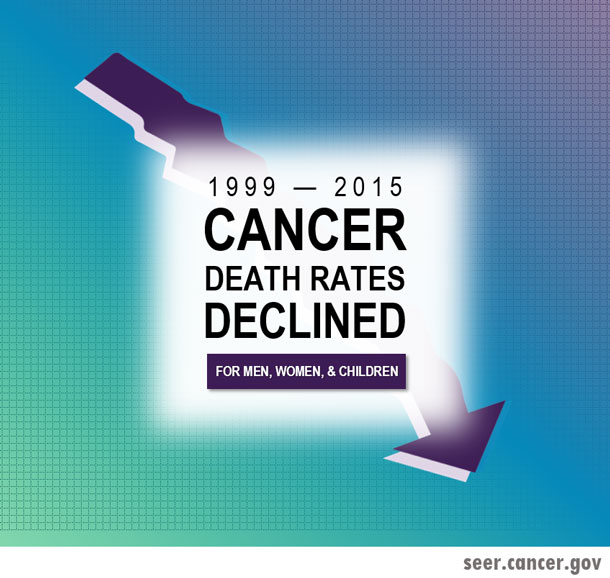Abstract
In order to investigate the diffuse pollution mechanisms of high-concentration dusts in the blasting driving face, the airflow-dust coupled model was constructed based on CFD-DEM coupled model; the diffusion rules of the dusts with different diameters at microscopic scale were analyzed in combination with the field measured results. The simulation results demonstrate that single-exhaust ventilation exhibited more favorable dust suppression performance than single-forced ventilation. Under single-exhaust ventilation condition, the motion trajectories of the dusts with the diameter smaller than 20 μm were close to the airflow streamline and these dusts were mainly distributed near the footway walls; by contrast, under single-forced ventilation condition, the motion trajectories of the dust particles with a diameter range of 20~40 μm were close to the airflow streamlines, and a large number of dusts with the diameter smaller than 20 μm accumulated in the regions 5 m and 17~25 m away from the head-on section. Moreover, under the single-exhaust ventilation, the relationship between dust diameter D and negative-pressured-induced dust emission ratio P can be expressed as P = − 25.03ln(D) + 110.39, and the dust emission ratio was up to 74.36% for 7-μm dusts, and the path-dependent settling behaviors of the dusts mainly occurred around the head-on section; under single-forced ventilation condition, the z value of the dusts with the diameter over 20 μm decreased and the dusts with a diameter smaller than 7 μm are particularly harmful to human health, but their settling ratios were below 22.36%.
Graphical abstract

https://ift.tt/2J34wfC







